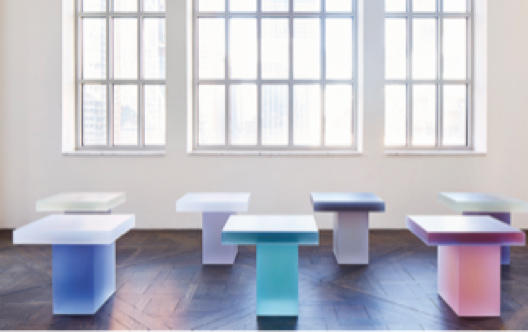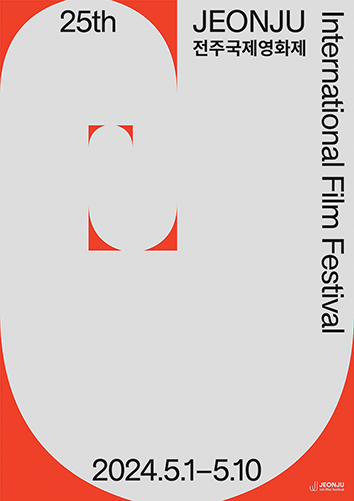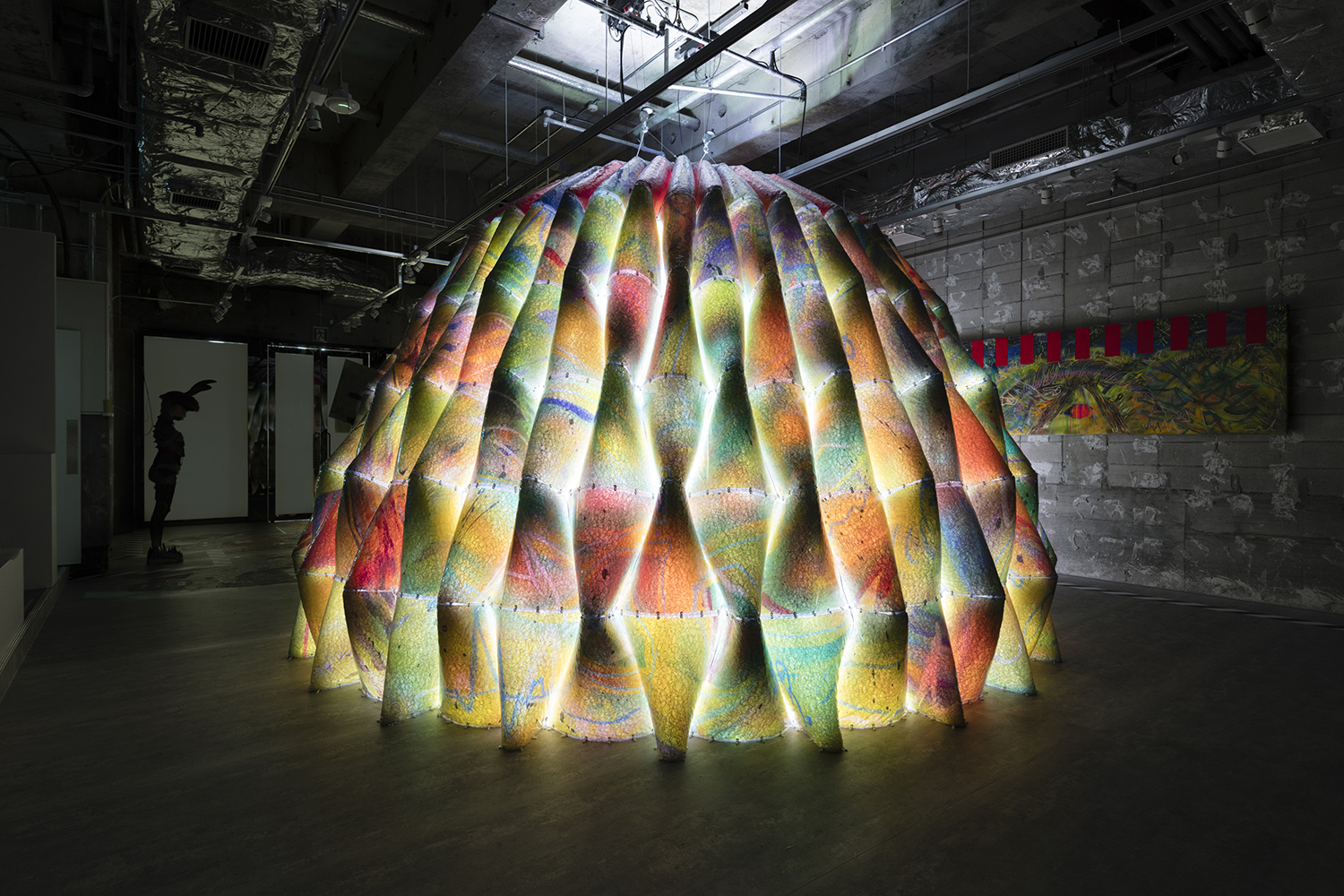Designing the Gwangju Design Biennale: Interview with Director Lee Gil-hyung
Interviewed by Karina Prananto and Park Min-young.
The Gwangju Design Biennale, an international design event, is held every two years in Gwangju in odd-numbered years and has been organized by the Gwangju Design Center since 2015. Featuring artists and designers from around the world and locally, this year’s Design Biennale will be held from September 7 to October 31 at the Gwangju Biennale Exhibition Hall, the Gwangju Design Center, and the Kim Daejung Convention Center. Additional venues across the city will also exhibit some of the art designs. The Gwangju Design Biennale truly places Gwangju as a city of art on the international stage.
Lee Gil-hyung, originally from Gwangju and currently the director at the Korean Federation of Design Associations has been appointed as the director of the event for this year. The Gwangju News has interviewed Lee on his thoughts on this year’s Biennale and what we can expect to see.

Gwangju News (GN): Could you please tell us a little bit about yourself and your professional background?
Lee Gil-hyung (Lee): I was born in Gwangju. I am currently a professor at Hongik University Graduate School of Industrial Arts. I am also the chairman of the Korean Federation of Design Associations.
GN: Could you tell us about the theme of this year’s Design Biennale: “Humanity”?
Lee: Humanity is a combination of the words “human” and “community.” It extends from an individual “I” to a community level by co-existing and by considering the surrounding environment and the people around oneself. The fundamental value of design begins with people-centered thinking, and the role of design is becoming more important as a tool for creativity and innovation that creates common values for humankind. Therefore, at the 2019 Gwangju Design Biennale, the theme of humanity addresses social issues through the value and role of design within the theme of “Humanity“ and presents a design vision for a sustainable society and human community.
GN: How many artists are participating from Korea and abroad?

Lee: There are five main exhibition themes and five special exhibitions planned, with more than 700 artists based locally and abroad. There will be 80 companies participating in this Biennale as well. Especially for the special exhibitions, we have invited more than 200 prominent designers from abroad to present their designs in the international invitational poster exhibition and to see their designs under the theme “Humanity” from their perspectives.
GN: What do you think makes the Gwangju Design Biennale unique, compared to other design biennales held in other cities around the world?
Lee: I think that Gwangju is so special to be able to hold an international event like the Design Biennale every two years. For another city of a similar case, the Saint-Etienne International Design Biennale (Biennale Internationale Design Saint-Etienne), which started in 1998 in Saint-Etienne, a typical industrial city in France but formally a coal mining city, has been reborn as a design and cultural city.

GN: I have heard that there will be an exhibition by industry, with invitations sent to buyers, and other diverse programs happening at the Design Biennale. In terms of B2B and B2C programs, what kind of companies would join this year?
Lee: The business lounge is designed based on the theme of “What Is Gwangju Like and the Thoughts of Gwangju People.” Begun as Gwangju Branding, an industrial design project, at the Gwangju Design Biennale 2015, the business lounge focused on B2B interaction in 2017. For 2019, the business lounge will highlight Gwangju’s competitiveness and industry by adding to the exhibition a vision of the future industry and design of Gwangju. In affiliation with a buyers’ invitational program, the B2B program will be managed by Marketplace Gwangju at the exhibition site.
The exhibition is composed of three sections. Glocal Gwangju (Zone 1) consists of Gwangju industrial projects, regional specialization and strategic industry, and local new designers’ contents. About 50 companies and 33 designers will be joining, including companies participating in the Gwangju Industrial Design Project, other participating companies, and Gwangju brands.
Style Gwangju (Zone 2) consists of four design renewal projects and two leading companies (Dr. Maison and others) from the beauty industry, a rising industry in the city. Through the themed design project of Gwangju Cuisine, a business model based on the new food culture, will be introduced through Gwangju Doshirak.

GN: Are there any programs you wish to recommend to visitors to participate in?
Lee: Various programs for all ages of Gwangju citizens are available at this year’s Gwangju Design Biennale. TOMOROAD School Mini, an educational program for children organized by Audi Volkswagen, and the Bauhaus workshop with 20 university students from Gwangju majoring in design and selected by Gwangju KDM (Korea Design Membership) will take place at the Design Biennale. Also, an experience zone related to the theme “Humanity” will be available at the main exhibition hall.
GN: What are the highlights of the event?
Lee: The symbolic artwork Community Garden will provide a new experience about space relevant to symbiosis different from communal or public values through participation, experiences, performances, and events.
The main pavilion will convey the importance and meaning of human-centered design for human beings with the theme of “Singing Humankind” through media mapping. At the international pavilion, the featured display will be the comemmorative exhibition of the centennial of Bauhaus and the reinterpretation of Bauhaus from Korean perspectives, as well as a suggestion of the function of design in terms of community housing and communal space.

GN: What is your mission as the director of the Design Biennale for this year?
Lee: Now, design is not simply about shaping and forming. The core of the design of the 21st century is about its contribution to humankind and society through design and suggesting a vision for the community through good design. I think that doing good design translates into doing good.
Photographs courtesy of the Gwangju Design Center








